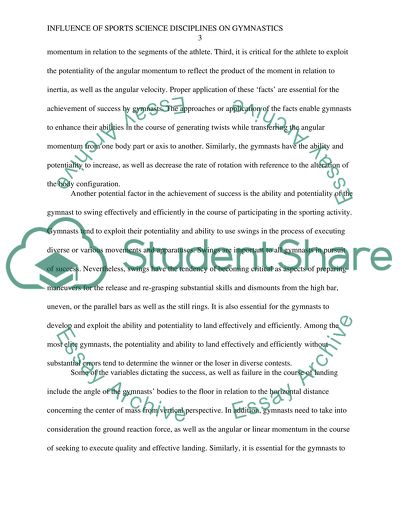Cite this document
(“Influence of Sports Science Disciplines on Gymnastics Essay”, n.d.)
Retrieved from https://studentshare.org/sports-and-recreation/1690770-influence-of-sports-science-disciplines-on-gymnastics-biomechanics
Retrieved from https://studentshare.org/sports-and-recreation/1690770-influence-of-sports-science-disciplines-on-gymnastics-biomechanics
(Influence of Sports Science Disciplines on Gymnastics Essay)
https://studentshare.org/sports-and-recreation/1690770-influence-of-sports-science-disciplines-on-gymnastics-biomechanics.
https://studentshare.org/sports-and-recreation/1690770-influence-of-sports-science-disciplines-on-gymnastics-biomechanics.
“Influence of Sports Science Disciplines on Gymnastics Essay”, n.d. https://studentshare.org/sports-and-recreation/1690770-influence-of-sports-science-disciplines-on-gymnastics-biomechanics.


